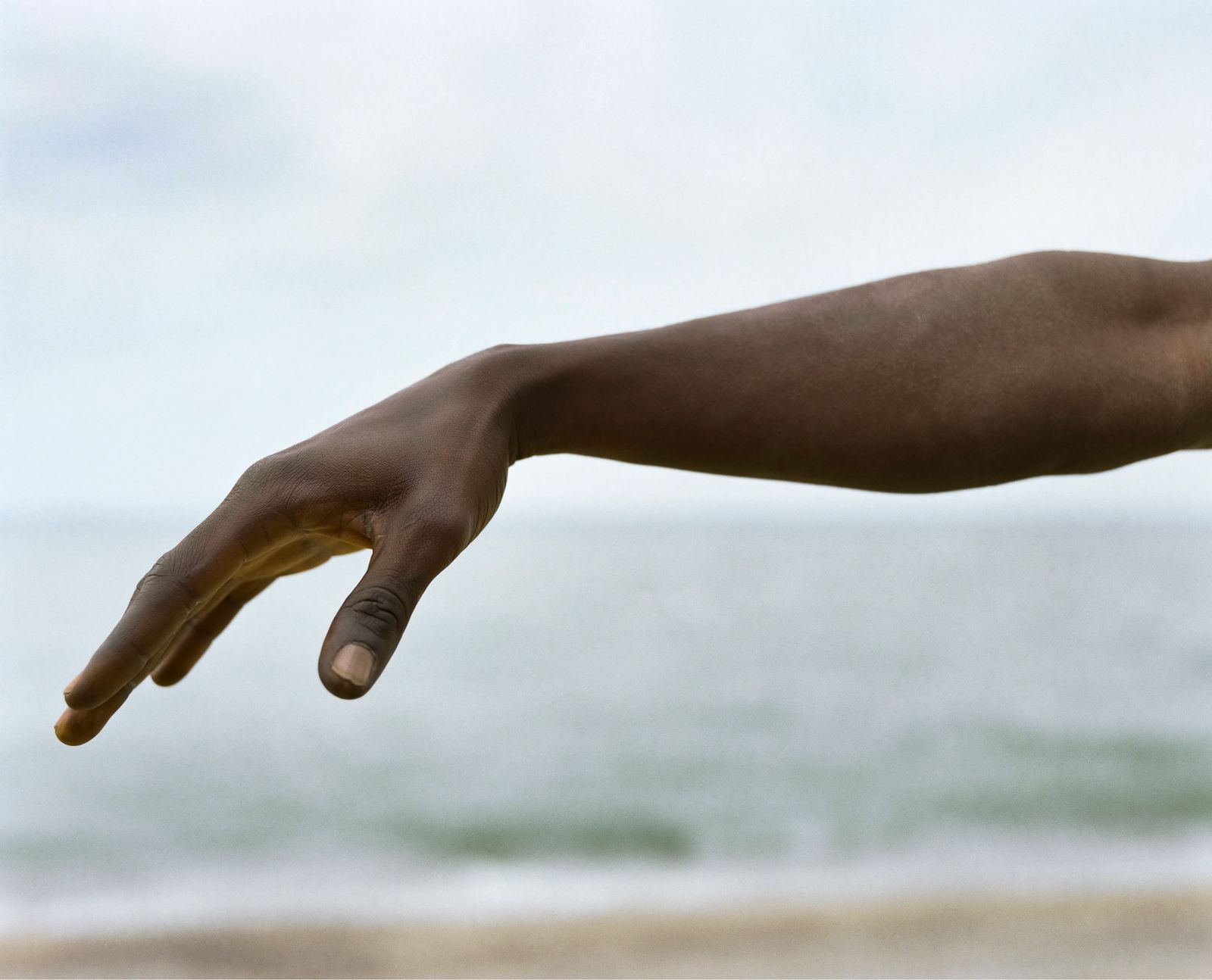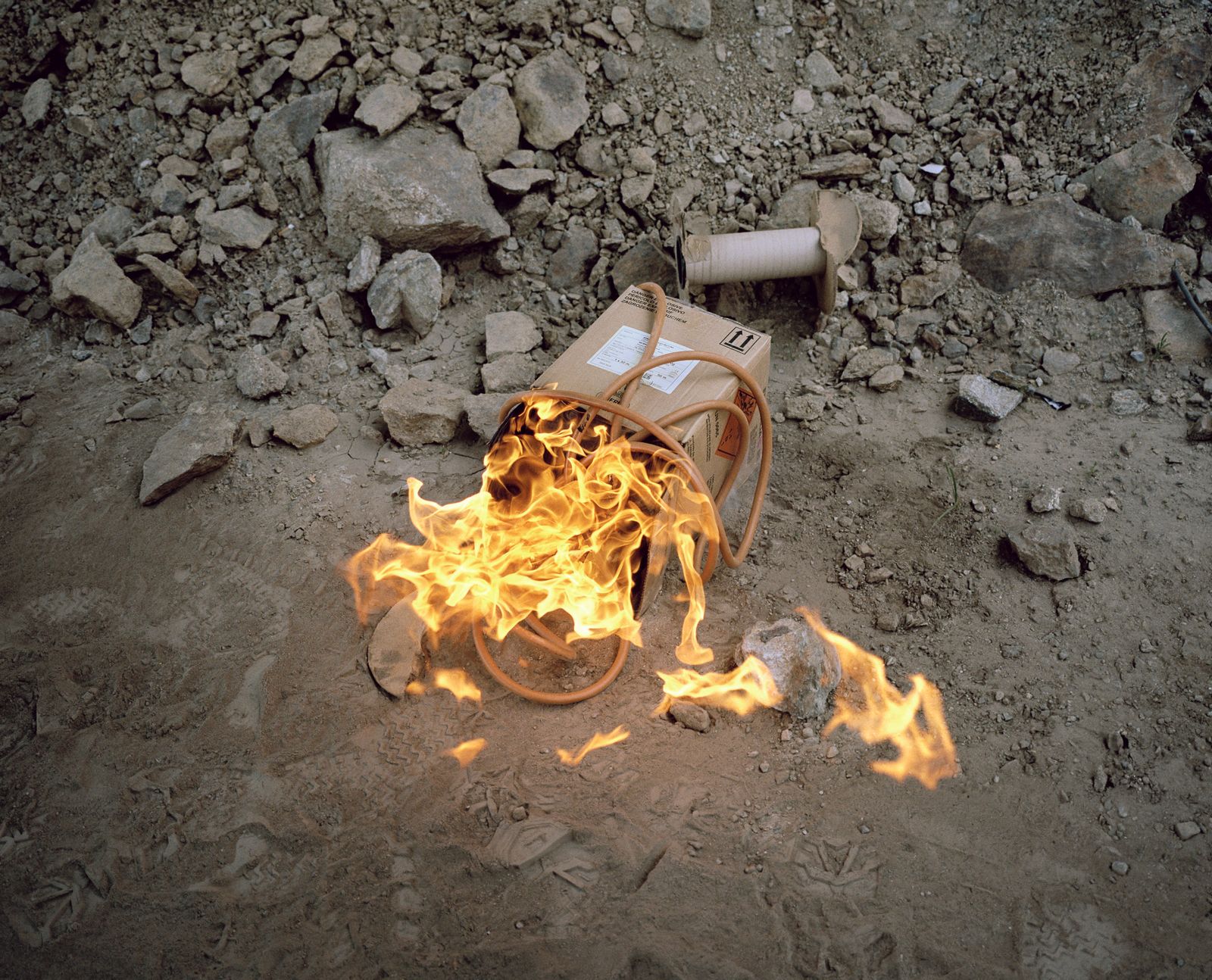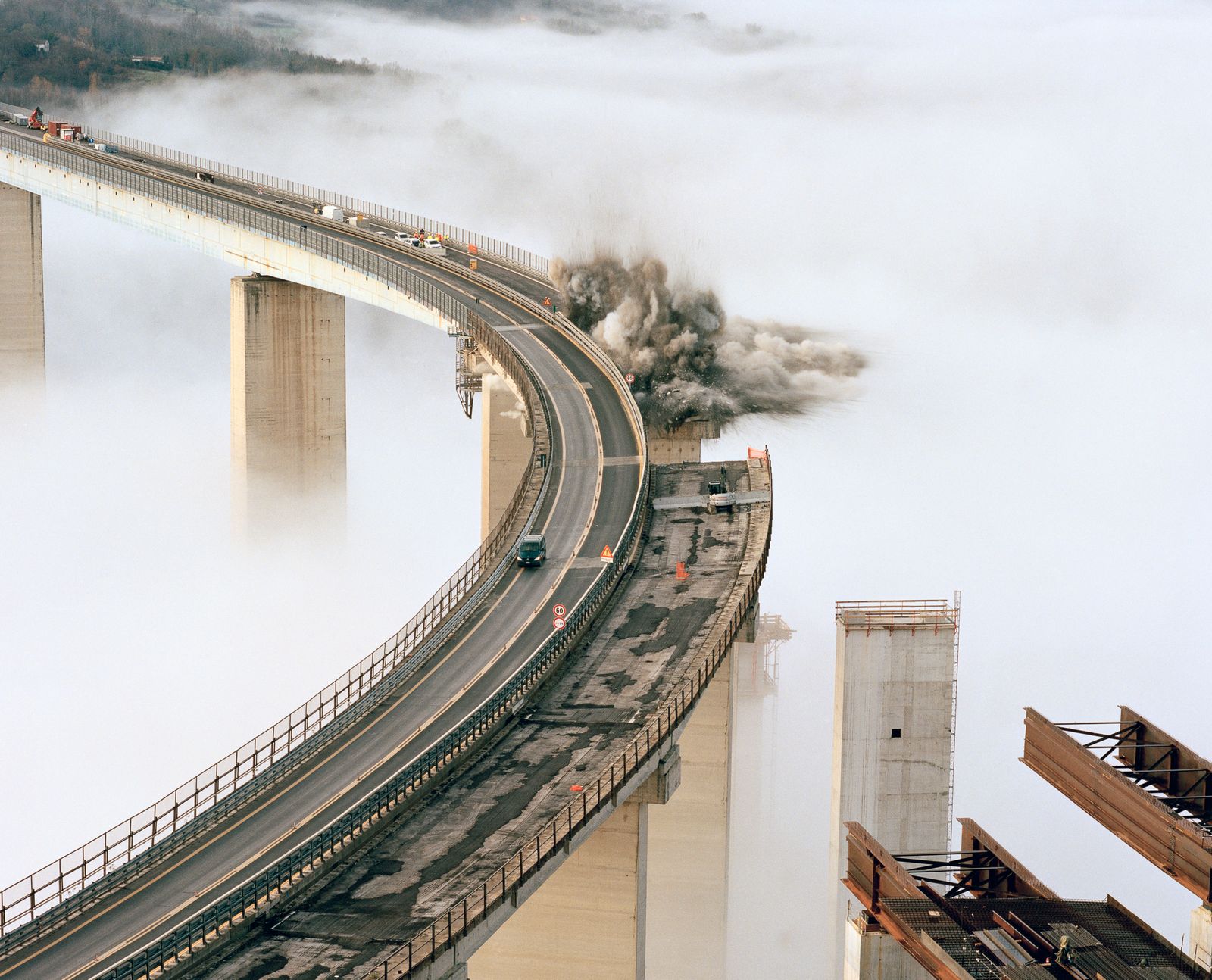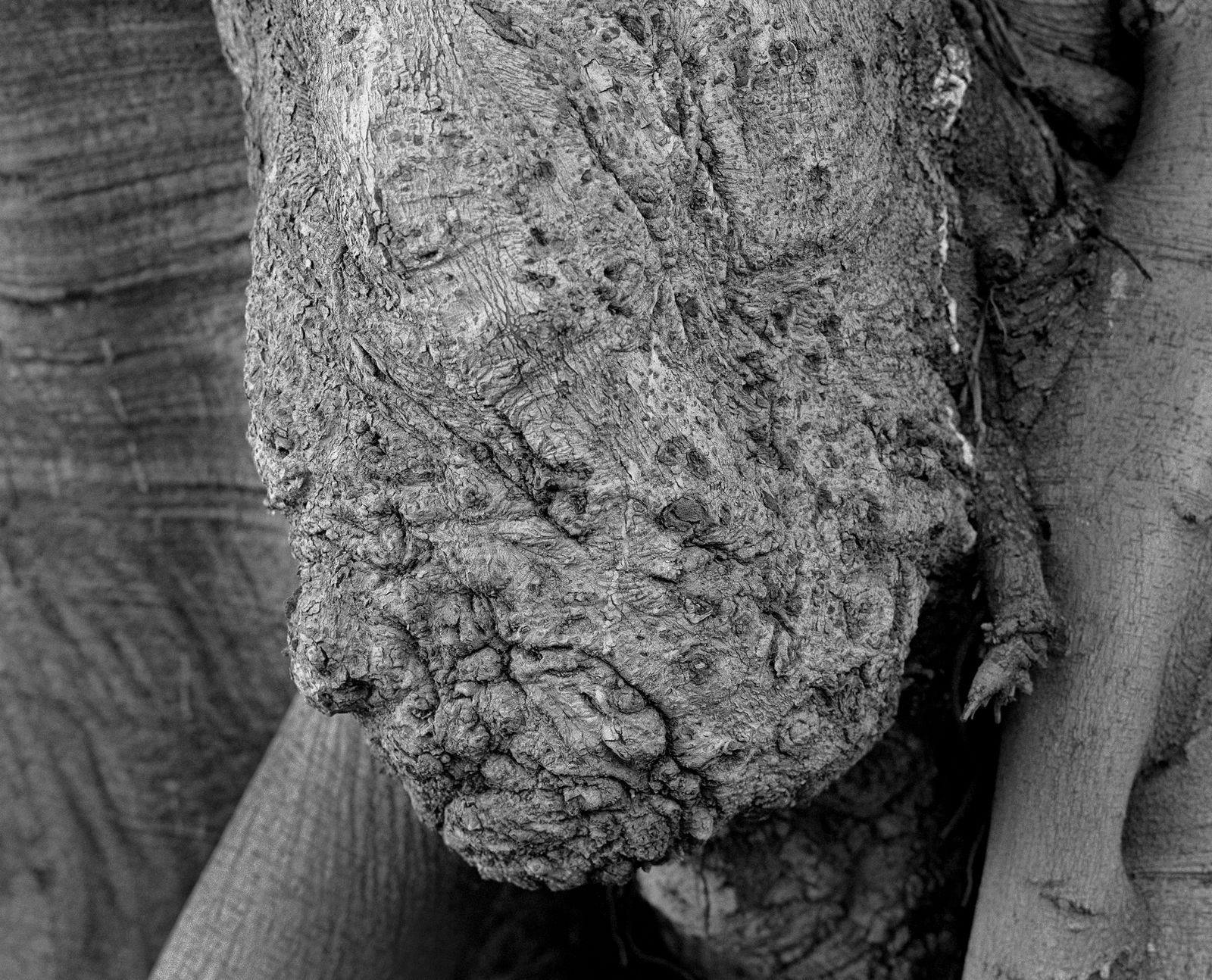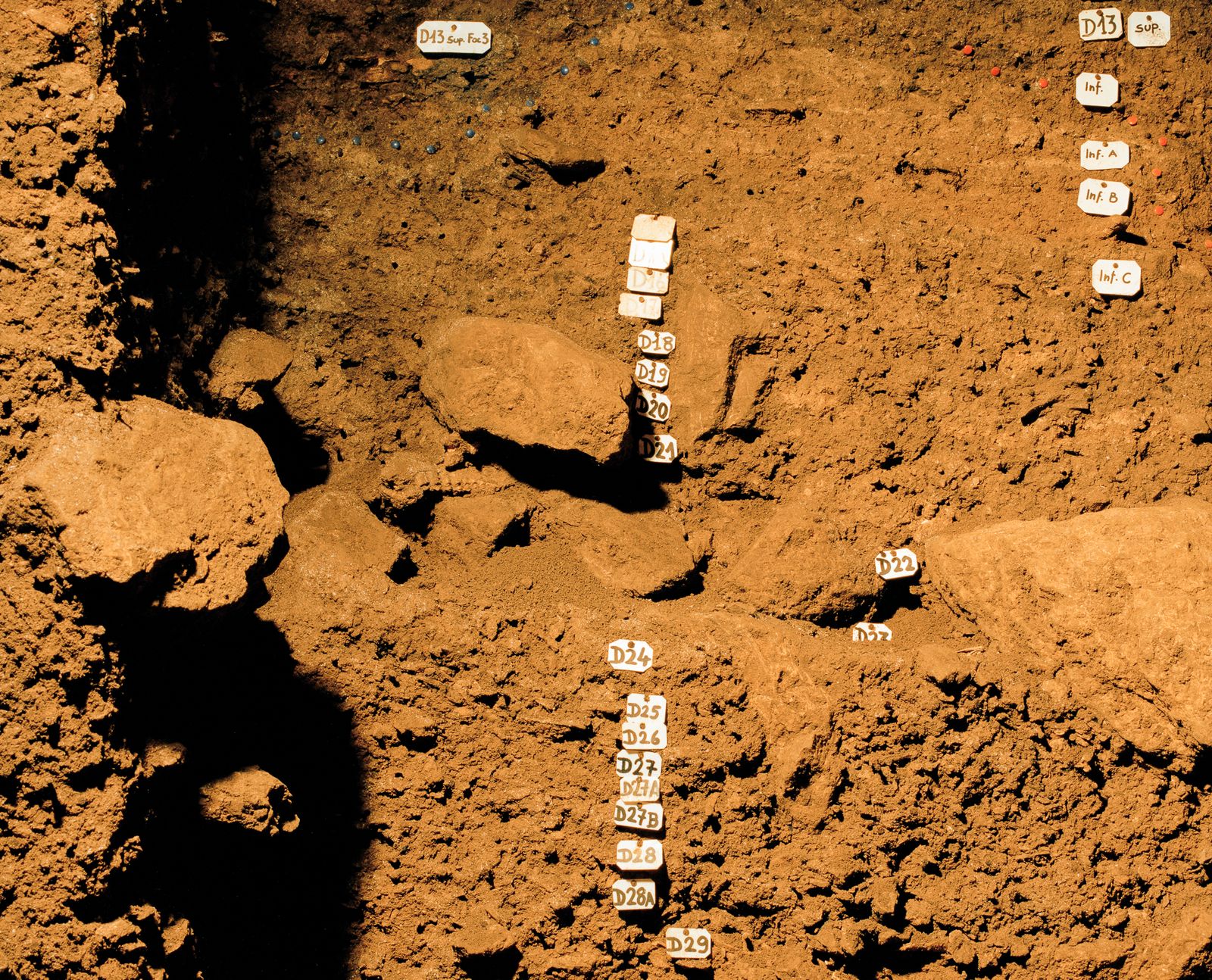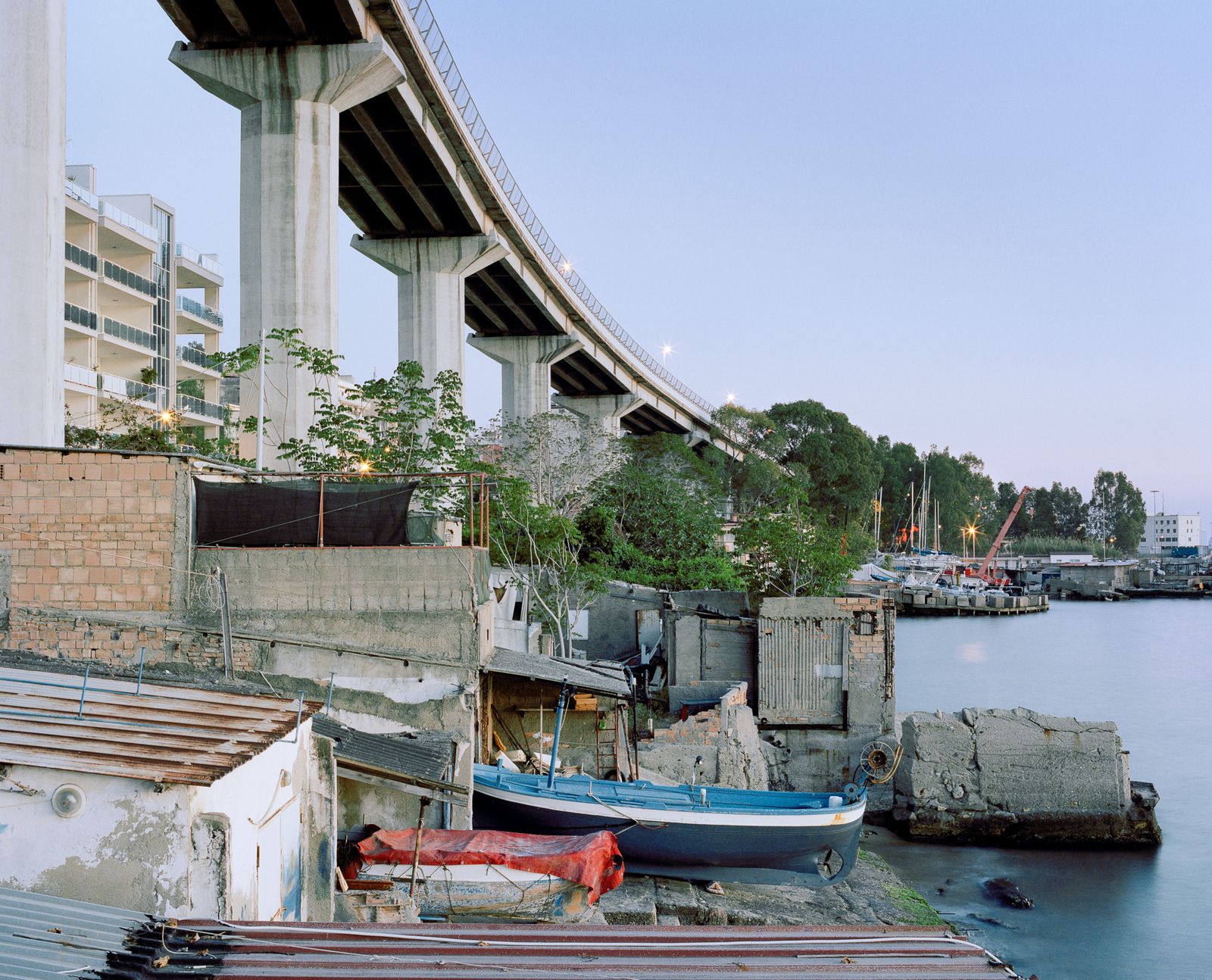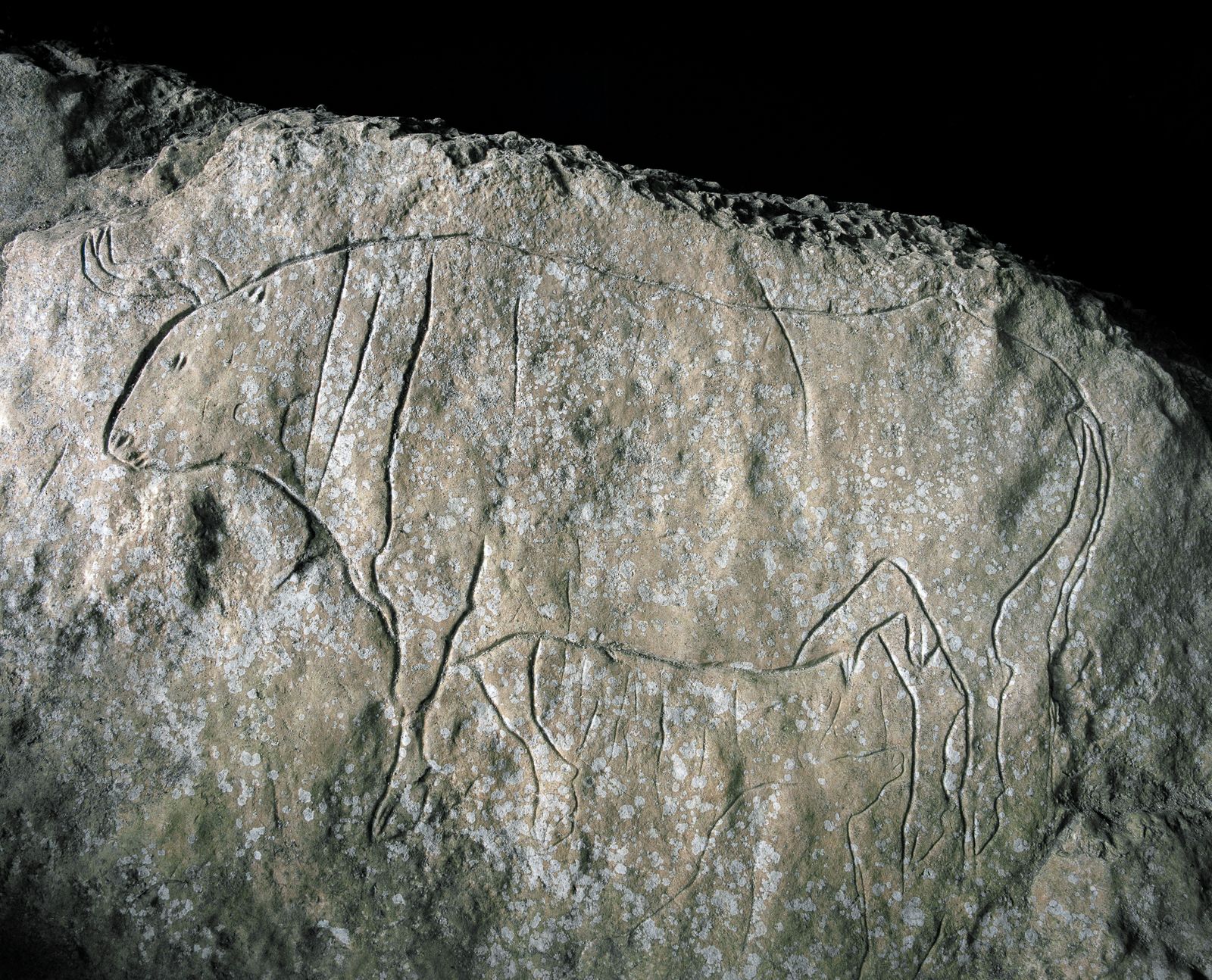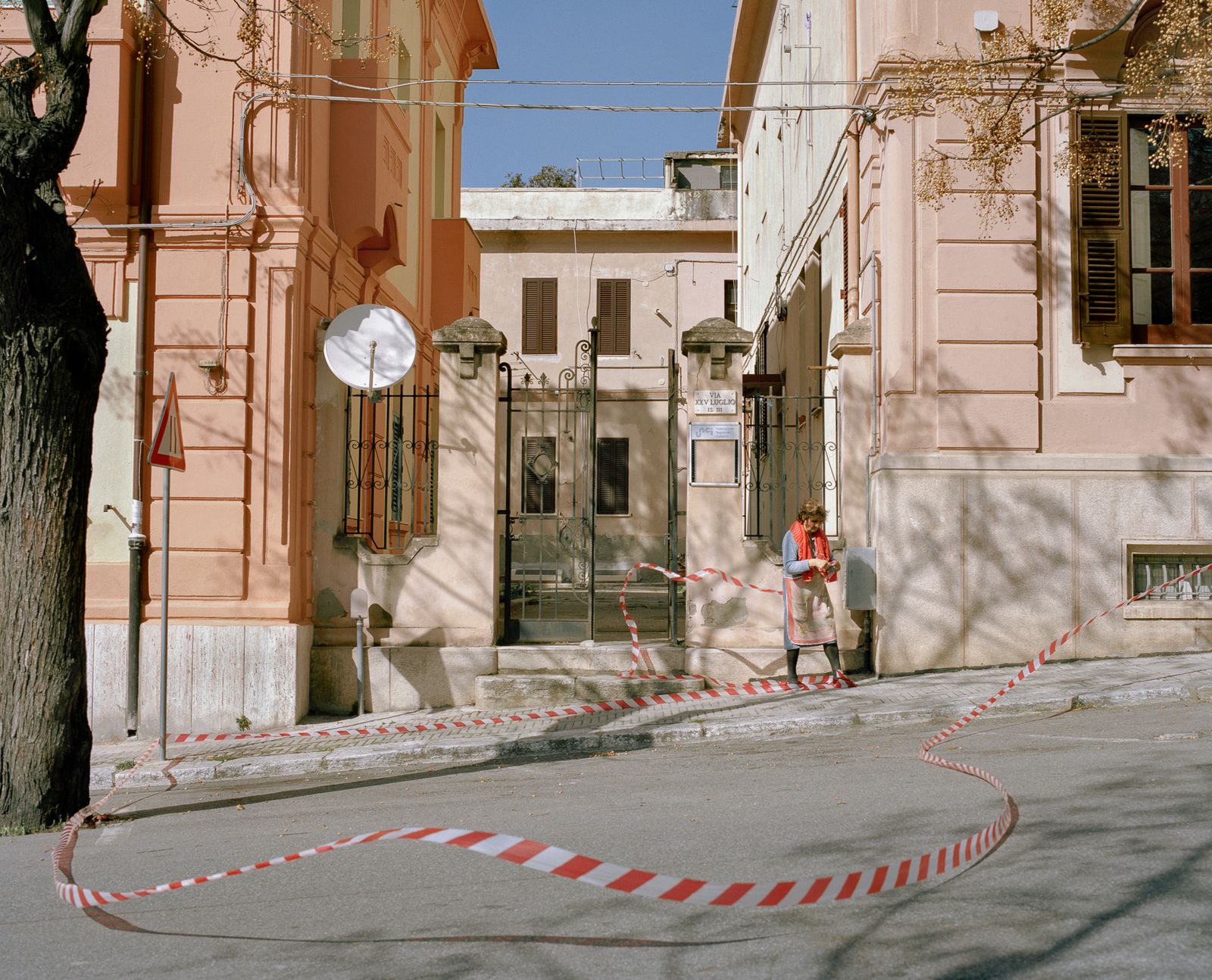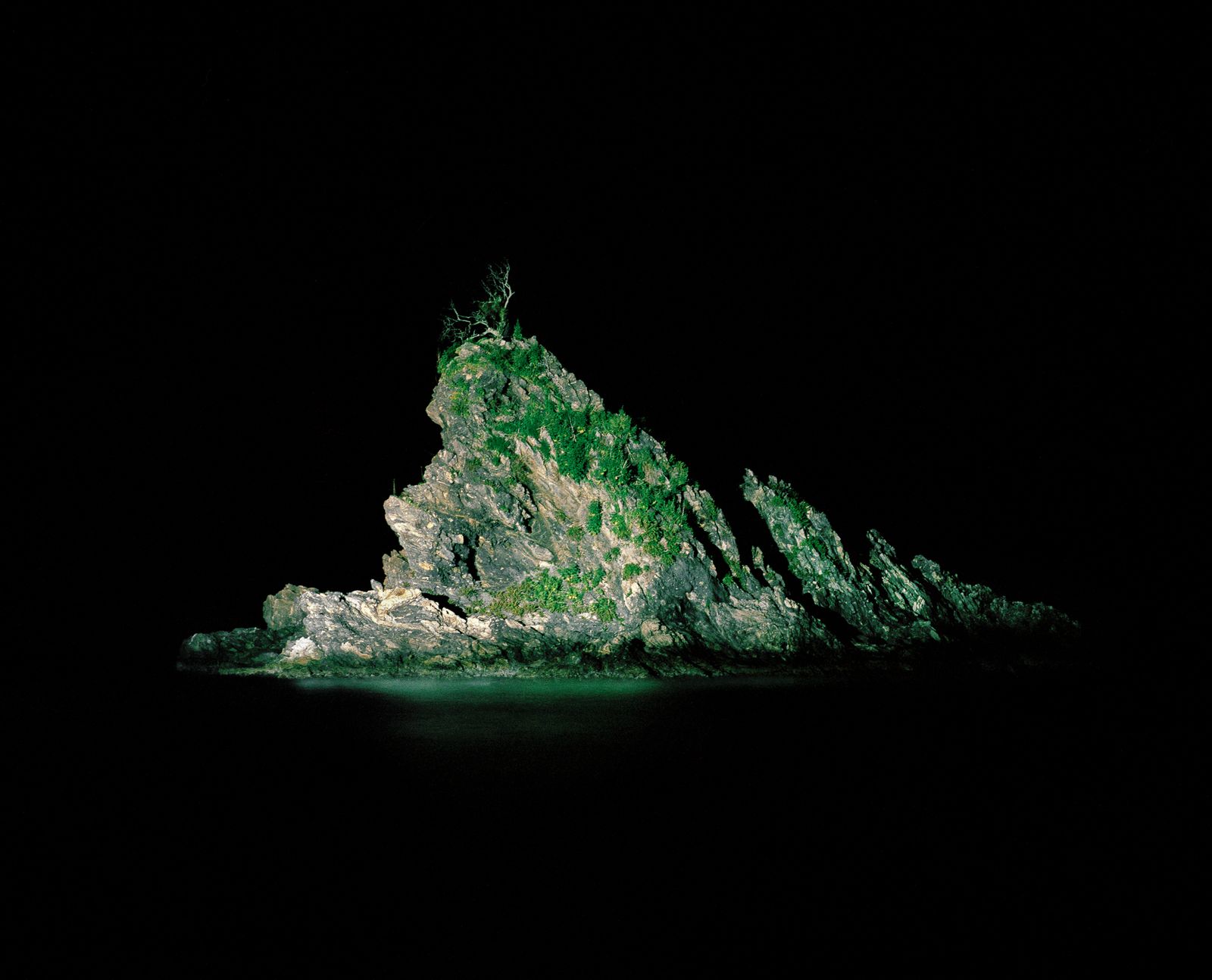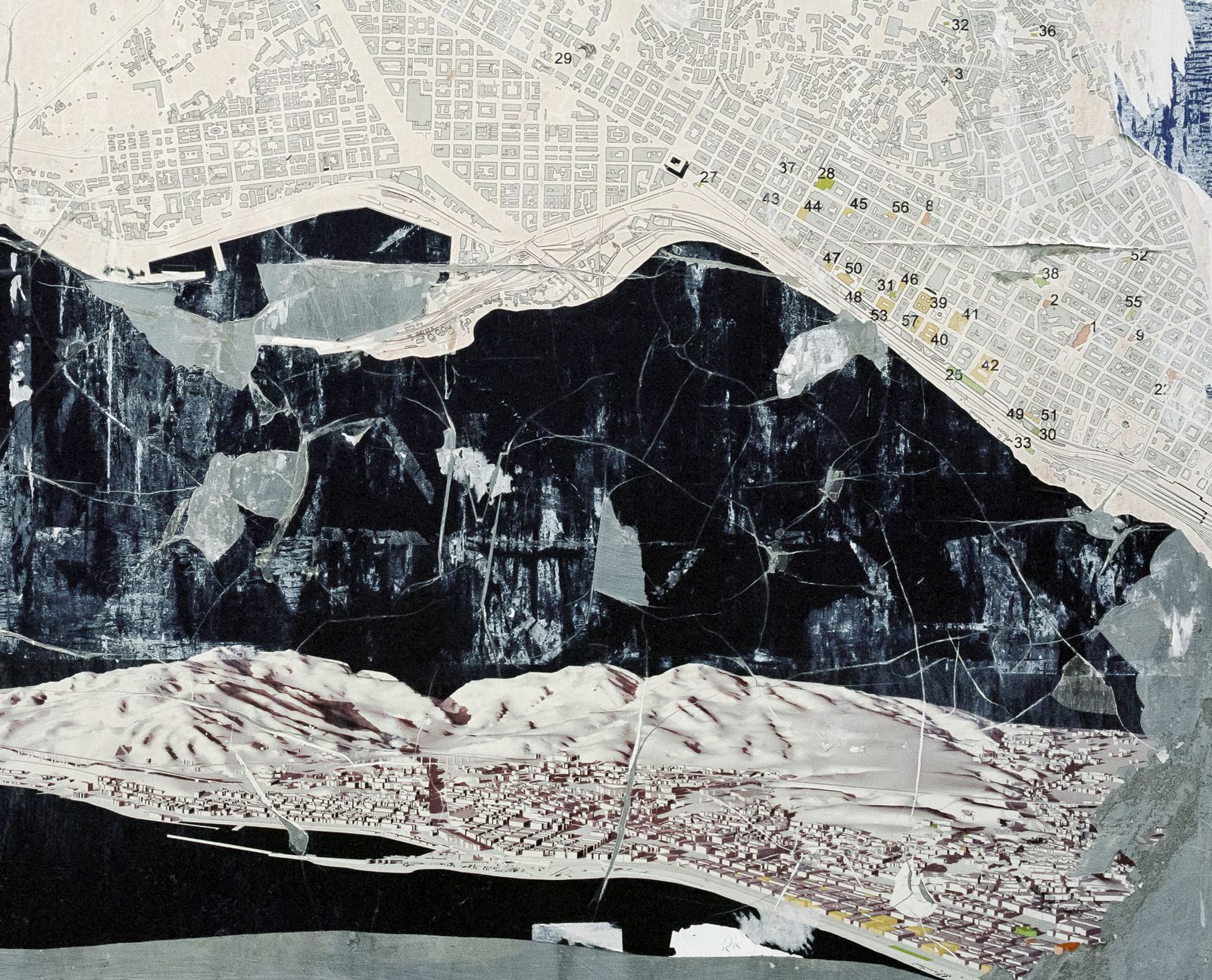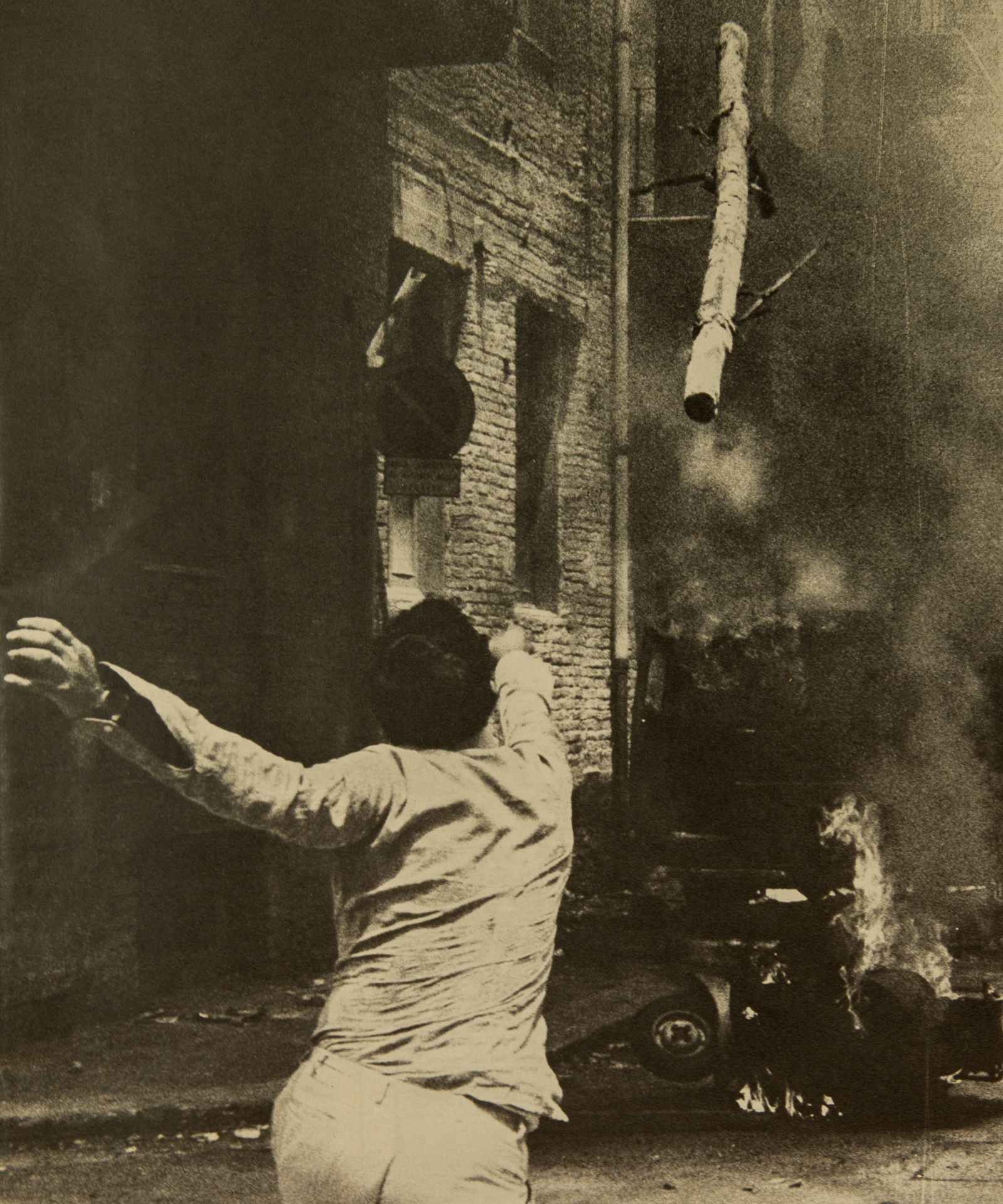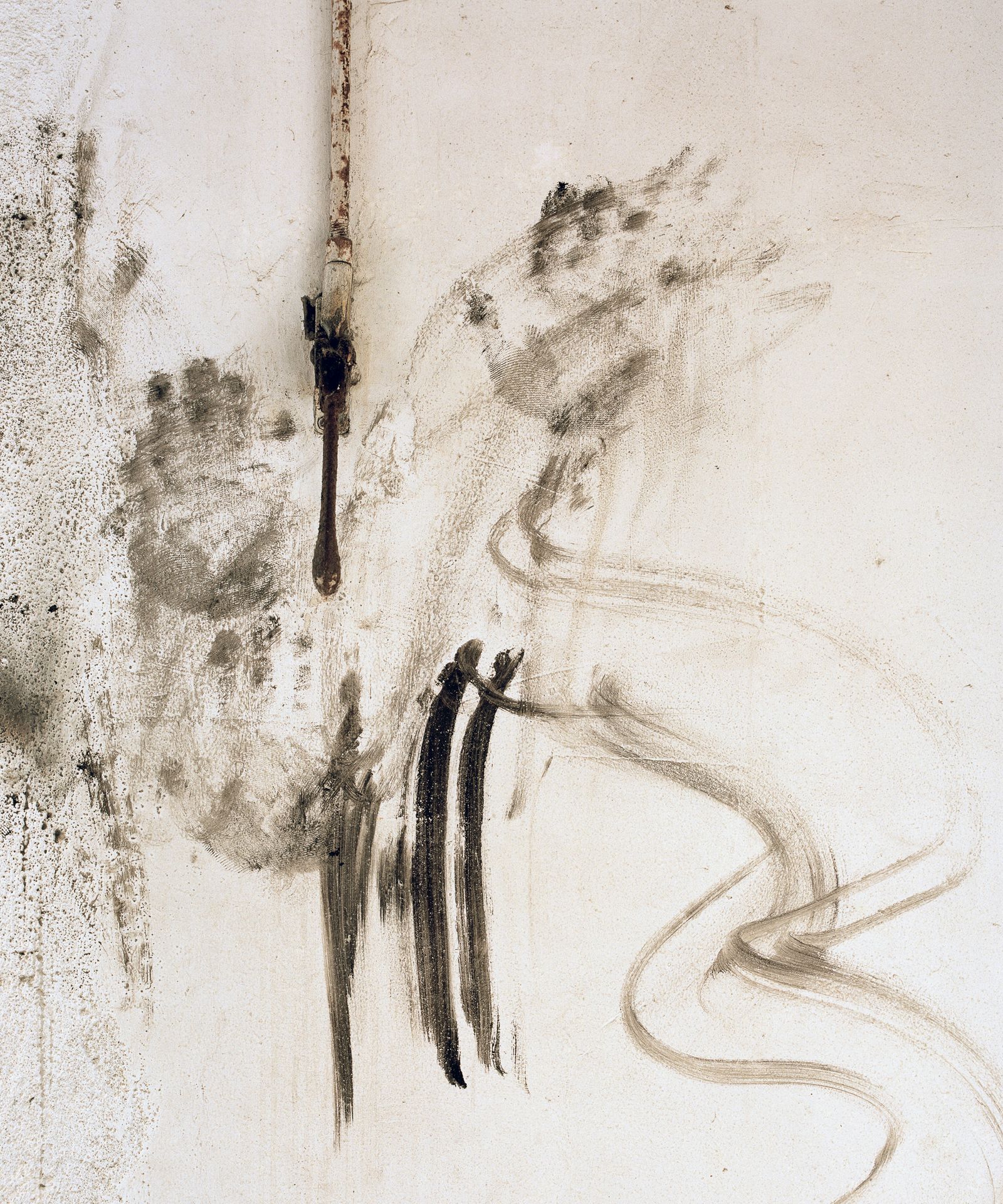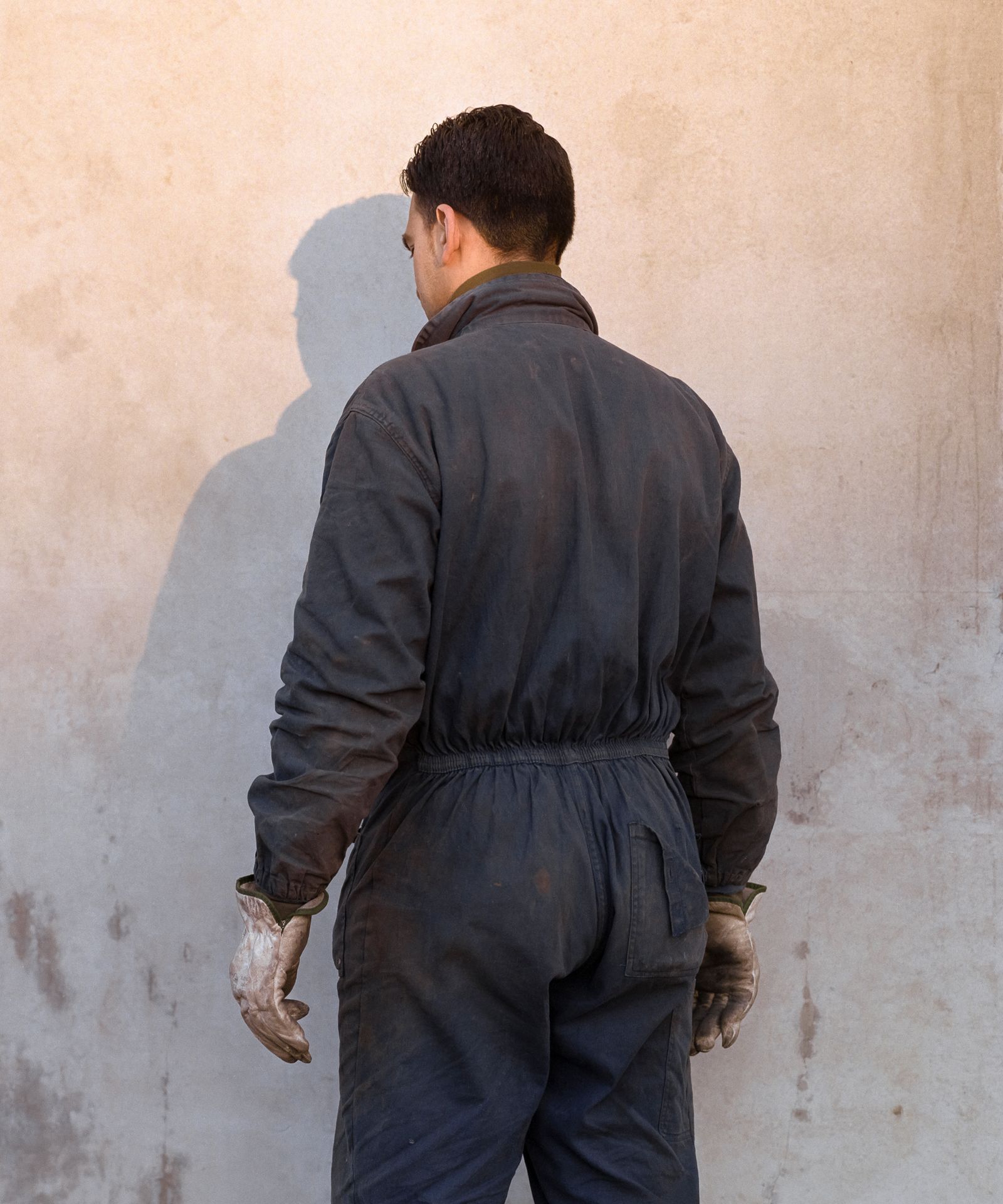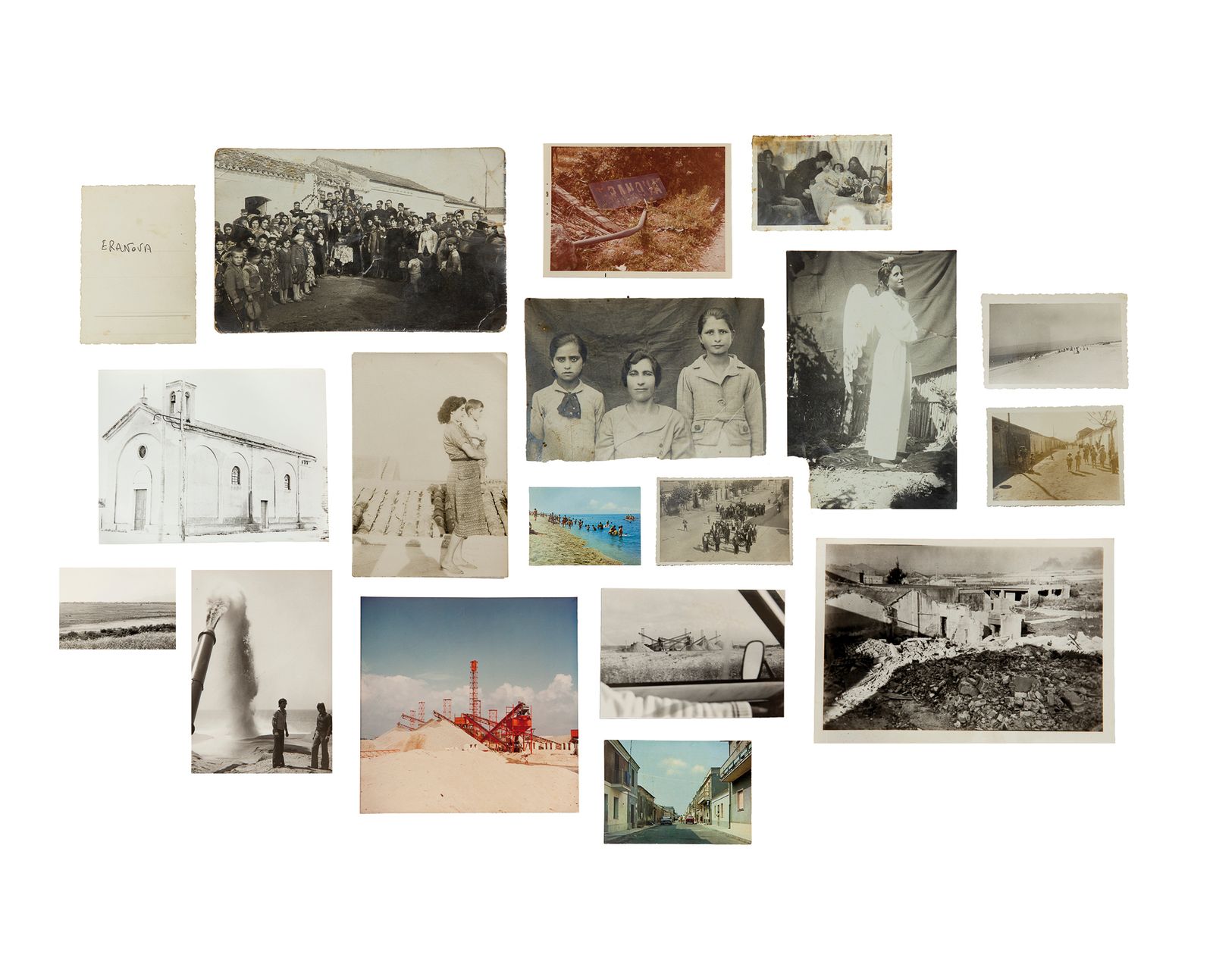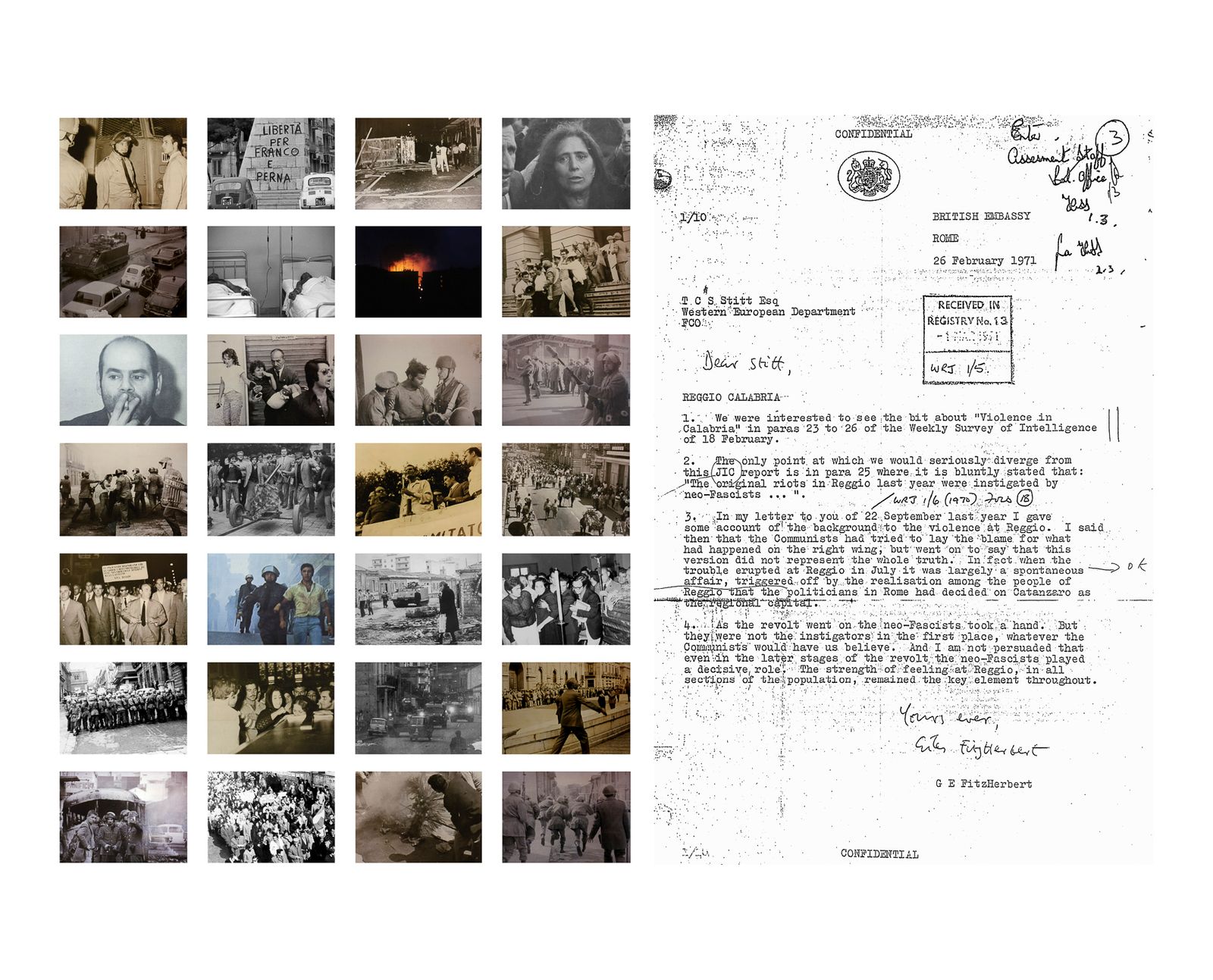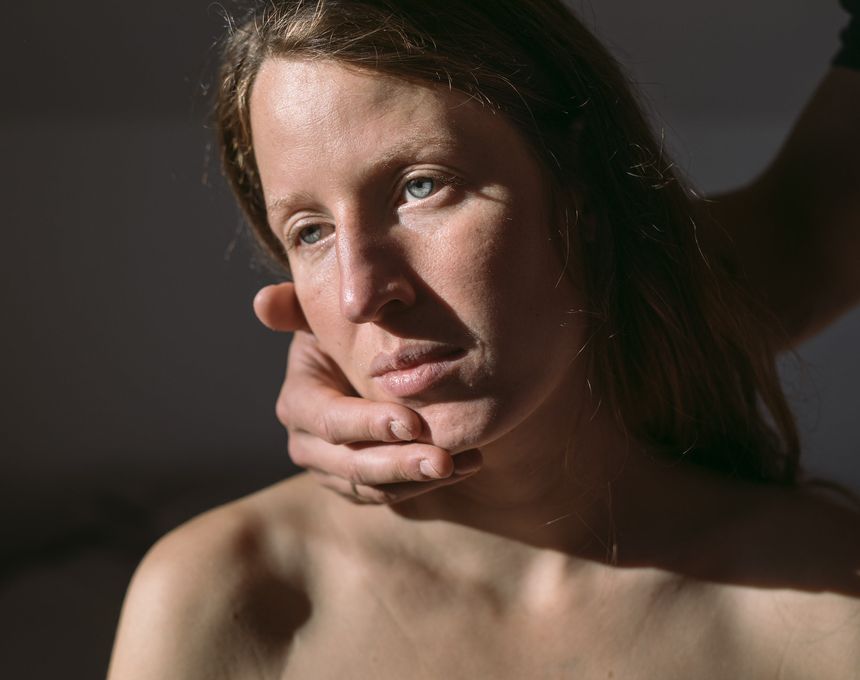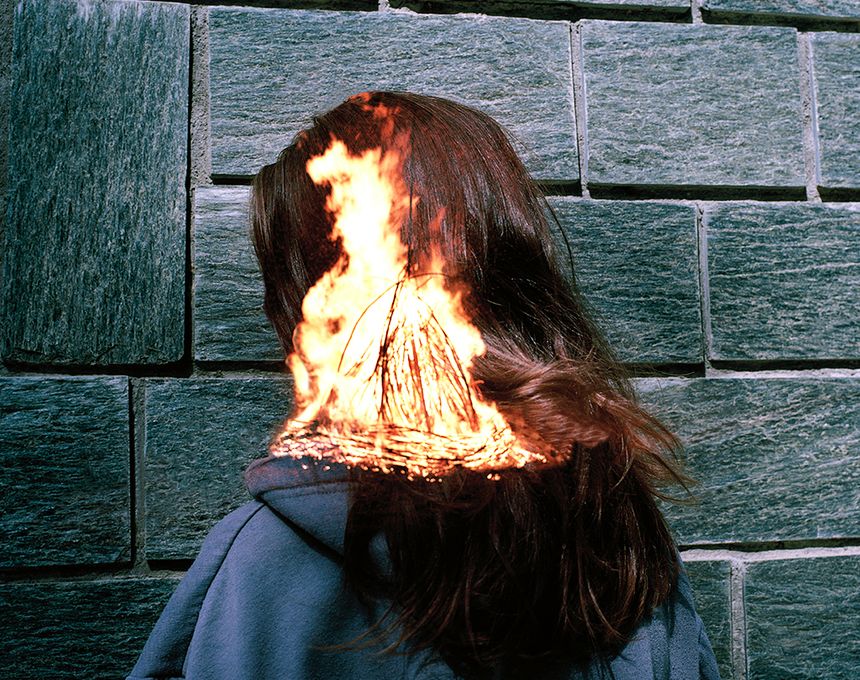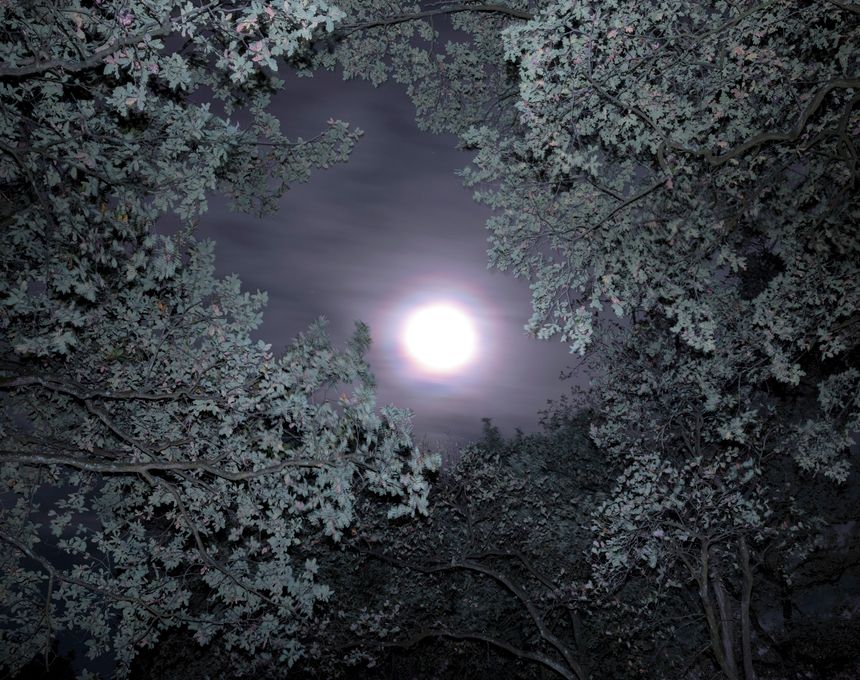in fourth person
-
Dates2015 - 2016
-
Author
- Topics Landscape, Social Issues, Documentary
A large part of Italian political history of the last fifty years is undeniably shrouded in mystery. Until today, some of its stories and events, major and minor, remain untold and, in some cases, even censored. From north to south, the country often finds itself united in the name of forgetfulness.
Since the 60’s, in the midst of the so-called economic miracle, Italy’s cultural and political powers established an extensive, radical process of transformation of territories and traditions, in the name of a progress to be fed with new roads, new industries and definitely a new identity. The southern Calabria region, case-study of our visual exploration, is a mythic land where the challenge of modernity has imposed its language and aesthetics, slowly oppressing its human and natural landscape. Memory – the political act of practicing memory – on the other hand represents a powerful medium for people to recall lost belongings and to reclaim what has been stolen. Driven by this belief, for two years we traveled through the region - and through our History - collecting traces of what went lost, or forgotten. In Fourth Person became thus a collective space for our unanswered questions, suspended between utopia and betrayals.
Indeed, what do we remember and what do we know about our recent history? Are history and memory included in a political program? What happens when such tools overlap with one another, sold out and twisted to the demagogy of an election campaign?
Social consciousness is hereby seduced and threatened over time by a distorted sense of identity. As a result, integrity is never guaranteed. And so the culture, the environment, the landscape, its natural and artificial architecture appears wounded, and along with it the men who should take care of it.
And those men are nothing but us.

